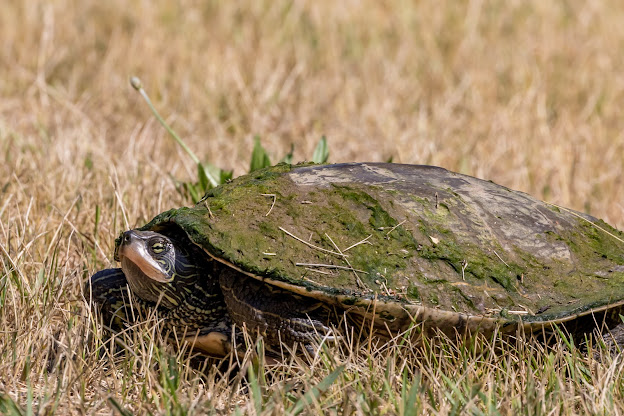Long-tailed weasel

Rondeau Provincial Park, Ontario, Canada, July 31, 2020. While out on my daily bike ride I spotted a little critter running around a cottage that was undergoing renovations. It totally ignored the workmen and myself and hunted through the yard and piles of material. Really hard to get a decent image, this was taken at 1/800th of a second. Mustela frenata Biologists have described the long-tailed weasel as the purist of carnivores, as every feature of their body and behavior is adapted to live exclusively as a hunter. In short, they are effective rodent-harvesting machines. The long-tailed weasel, also known as the bridled weasel or big stoat, is a species of mustelid distributed from southern Canada throughout all the United States and Mexico, southward through all of Central America and into northern South America.















